Nestled among the rolling hills of America’s wine country, a tiny invader has been causing outsized panic among viticulturists for over two decades. The glassy-winged sharpshooter (Homalodisca vitripennis), with its translucent wings and voracious appetite, represents one of the most significant threats to the multi-billion-dollar U.S. wine industry. This seemingly innocuous half-inch insect doesn’t directly damage the grapes that become our cherished wines; instead, it serves as the perfect delivery system for a deadly plant pathogen that can decimate entire vineyards within years. As climate change expands its potential range and global trade creates new invasion pathways, understanding this pest has become crucial not just for wine enthusiasts but for agricultural security across the nation. The battle against this diminutive but devastating insect illuminates the complex interplay between invasive species, modern agriculture, and our changing environment.
The Invader’s Origin Story: How the Sharpshooter Arrived
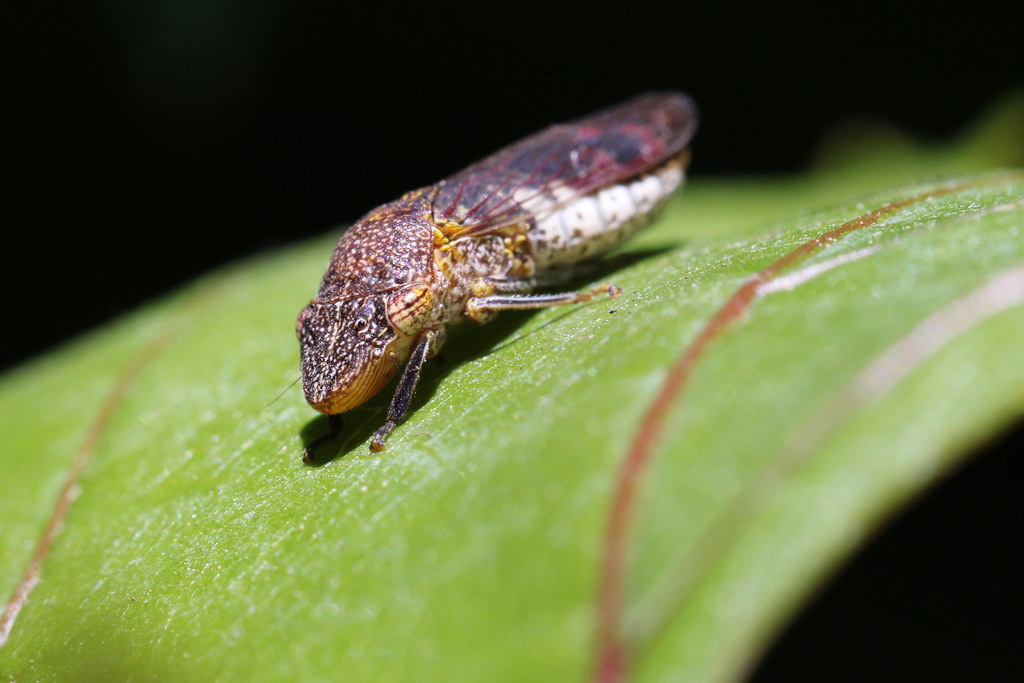
The glassy-winged sharpshooter is native to the southeastern United States and northeastern Mexico, where it evolved alongside natural predators and resistant plant species. Its journey to becoming a major agricultural pest began in the late 1980s when it was accidentally transported to California, likely through nursery shipments containing egg masses hidden on plant material. By the mid-1990s, the insect had established significant populations in Southern California, particularly in Ventura, San Diego, and Riverside counties. Without its natural enemies to keep populations in check, the sharpshooter thrived in California’s Mediterranean climate, which provided ideal conditions for year-round breeding and survival. The lack of evolutionary history between California’s crops and this newcomer meant plants had no developed defenses against the pest or the diseases it carried, creating a perfect storm for agricultural damage.
Anatomy of a Killer: Physical Characteristics and Life Cycle
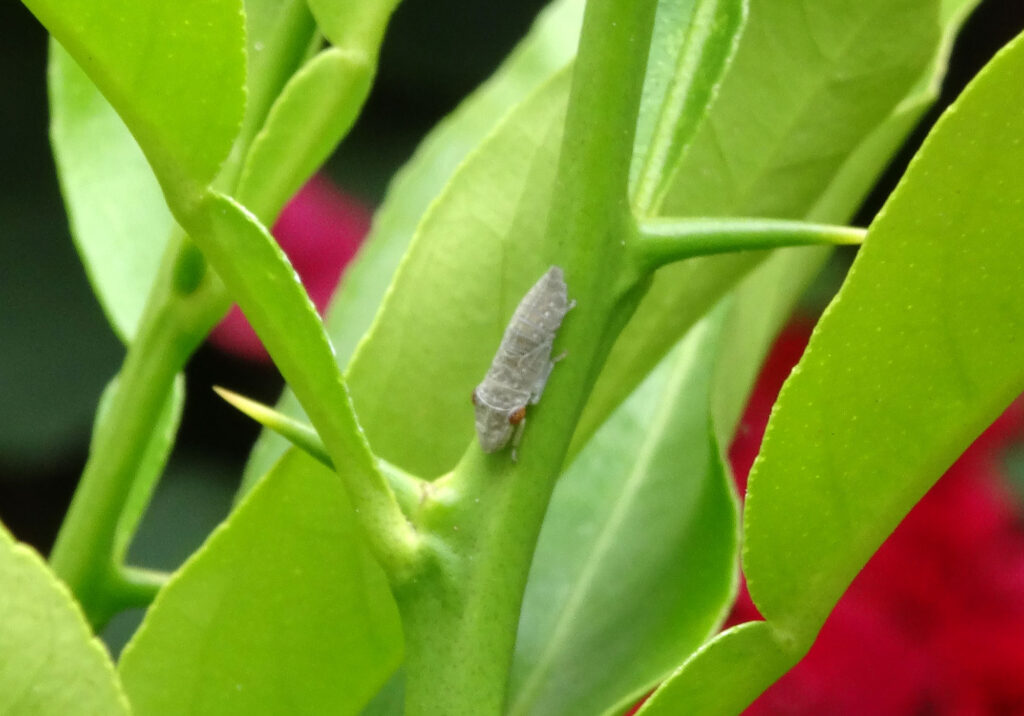
The glassy-winged sharpshooter earns its name from its distinctive appearance – adults measure about half an inch long with brownish bodies and transparent wings mottled with reddish-brown. Their most notable feature is an unusually large head relative to their body size, housing powerful muscles that drive their specialized mouthparts. These insects belong to the leafhopper family (Cicadellidae) and possess piercing-sucking mouthparts designed to tap into a plant’s xylem vessels, the tissue that transports water and nutrients from roots to leaves. The sharpshooter’s life cycle includes egg, nymph, and adult stages, with females laying their eggs in clusters on the undersides of leaves, creating characteristic “egg scars” as evidence of their presence. In California’s warm climate, the pest can complete multiple generations per year, with adults living for several months and each female capable of laying hundreds of eggs during her lifetime, allowing populations to build rapidly when conditions are favorable.
The True Threat: Pierce’s Disease and Its Deadly Mechanism
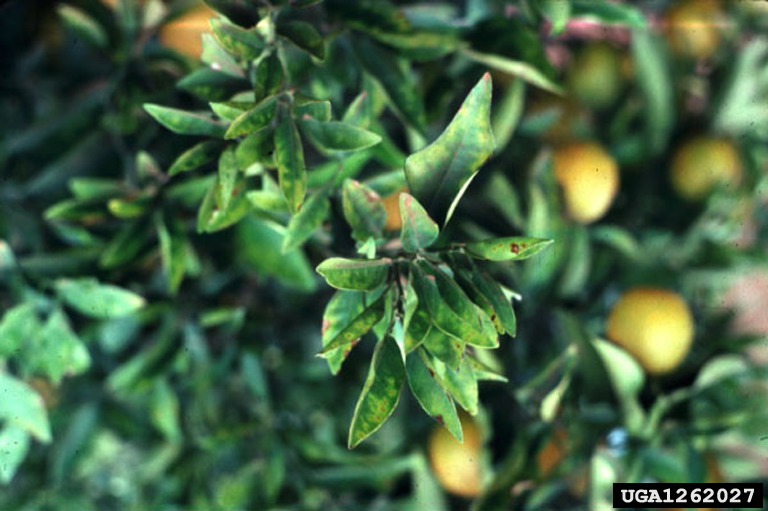
While the sharpshooter itself causes only minor direct damage to plants through feeding, its true threat lies in its role as a vector for Xylella fastidiosa, a bacterial pathogen that causes Pierce’s disease in grapevines. This bacterium is particularly insidious because it colonizes the xylem vessels of infected plants, multiplying and forming biofilms that essentially clog the plant’s vascular system. As these blockages develop, water transport becomes increasingly restricted, leading to leaf scorching, irregular maturation of grapevine wood, stunted growth, and eventually plant death – typically within one to five years of infection. What makes the glassy-winged sharpshooter especially dangerous is its feeding behavior; unlike other Pierce’s disease vectors, it can feed deeper into woody vine portions and survives year-round, transmitting the disease throughout the growing season. Additionally, once infected with X. fastidiosa, adult sharpshooters remain infectious for the remainder of their lives, turning each insect into a mobile disease reservoir capable of infecting numerous vines.
Economic Impact: Counting the Cost to U.S. Vineyards

The economic consequences of the glassy-winged sharpshooter’s invasion have been staggering for the American wine industry. In California alone, where the wine industry contributes more than $40 billion annually to the state economy, estimates suggest that Pierce’s disease has caused hundreds of millions of dollars in damages since the sharpshooter’s arrival. These costs include direct vine losses, decreased production in infected vineyards, replanting expenses, and the substantial ongoing investments in control and management programs. In the Temecula Valley region of Southern California, Pierce’s disease destroyed approximately 40% of the vineyard acreage in the late 1990s, nearly collapsing the local wine industry. Beyond direct production losses, the sharpshooter imposes significant regulatory burdens, with quarantines and inspection requirements adding costs to grapevine nurseries and restricting the movement of plant materials. The economic ripple effects extend to tourism, employment in wine regions, and supporting industries from cooperages to restaurants that depend on thriving vineyards.
Beyond Wine: Other Crops at Risk
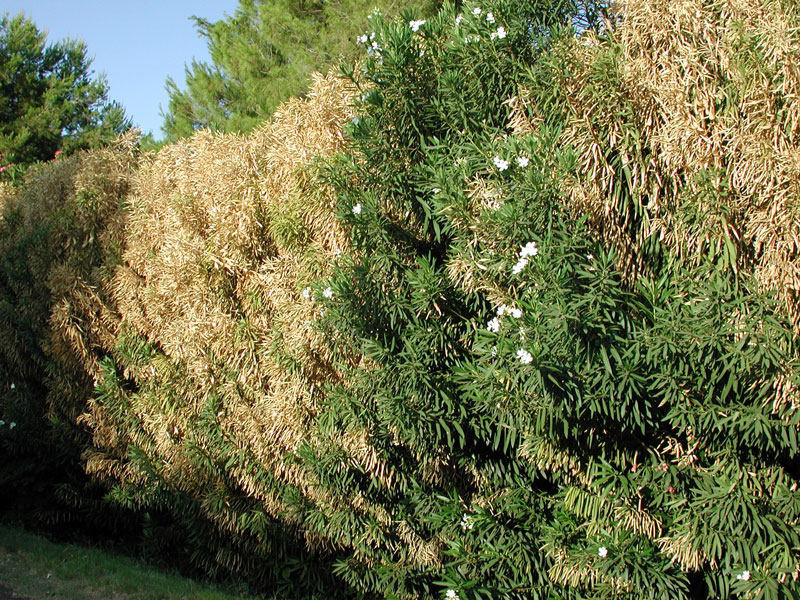
While the wine industry has been the most visibly affected by the glassy-winged sharpshooter, this pest poses threats to numerous other economically important crops. The insect has a remarkably broad host range, feeding on over 100 different plant species, including citrus, stone fruits, almonds, and ornamental plants. In citrus orchards, heavy sharpshooter infestations can cause stress to trees and reduce fruit quality, while also serving as reservoir populations that can move into nearby vineyards. Almond orchards in California have seen cases of almond leaf scorch disease, caused by the same Xylella fastidiosa bacterium that the sharpshooter transmits. California’s stone fruit industry faces potential losses from Phony Peach Disease, another condition linked to X. fastidiosa variants. Perhaps most concerning, different strains of the bacterium can cause diseases in olives, coffee, and other crops worldwide, raising alarm about the potential consequences if the efficient vector spreads to new regions with these vulnerable crops.
Climate Change: Expanding the Threat Zone

Climate change has emerged as a significant factor potentially expanding the threat posed by the glassy-winged sharpshooter across the United States. Rising temperatures are pushing the northern boundaries of the insect’s viable habitat, potentially bringing this pest into contact with previously unaffected wine regions in Northern California, Oregon, Washington, and even parts of the East Coast wine country. Climate models suggest that areas once protected by cold winter temperatures that would kill overwintering sharpshooters may lose this natural protection as winters become milder. Simultaneously, changes in precipitation patterns could create new favorable habitats while stressing grapevines, potentially making them more susceptible to Pierce’s disease. Research indicates that temperature increases may also accelerate the sharpshooter’s reproductive cycle, potentially adding additional generations per year in some regions, while also affecting the bacterium itself – warmer conditions generally favor faster multiplication of Xylella fastidiosa within plants, potentially increasing disease severity and reducing the time from infection to vine death.
The Detection Challenge: Finding the Needle in a Haystack

One of the most formidable challenges in managing the glassy-winged sharpshooter is detecting new infestations before they become established. Adult sharpshooters are mobile and can fly several miles, allowing them to disperse naturally into new areas, while eggs laid on nursery stock can be transported long distances through commercial plant shipments. Early detection systems rely on yellow sticky traps that attract the insects, regular field surveys by trained personnel, and public education to recognize and report sightings. Modern technology has enhanced detection efforts, with molecular techniques now available to identify Xylella fastidiosa infections in plants before symptoms appear, and DNA analysis capable of determining which strain of the bacterium is present. Perhaps most innovative are the “insect sniffer dogs” specially trained to detect the unique odor of sharpshooter egg masses on nursery plants – these canine inspectors can examine hundreds of plants per day with remarkable accuracy, identifying infested plants that human inspectors might miss.
Biological Warfare: Natural Enemies as Control Agents
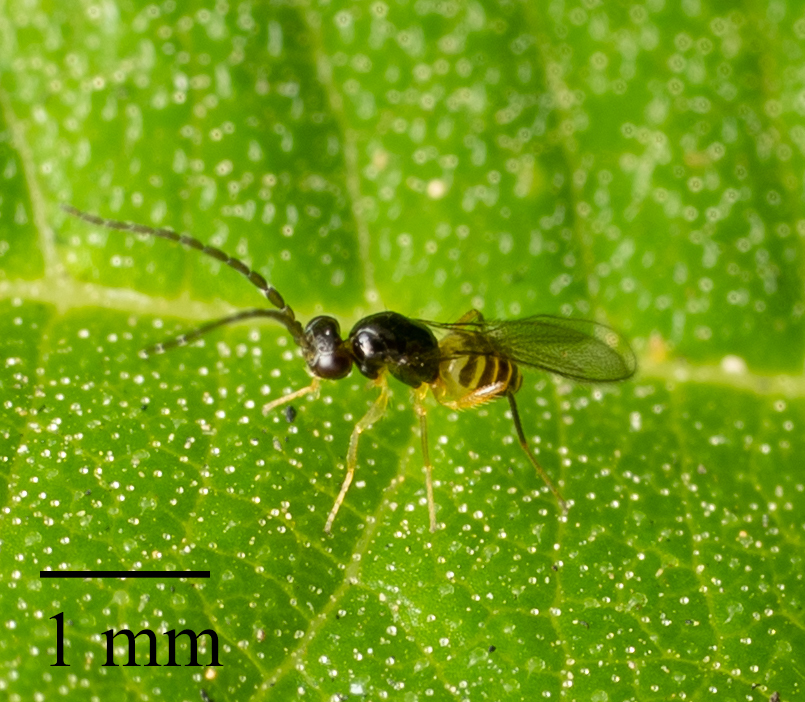
In the battle against the glassy-winged sharpshooter, scientists have turned to biological control as a sustainable long-term strategy, essentially fighting nature with nature. The most successful effort has involved tiny parasitic wasps, particularly Gonatocerus ashmeadi and Cosmocomoidea morgani, which target sharpshooter eggs by laying their own eggs inside them, effectively turning each sharpshooter egg into food for developing wasp larvae. These specialized parasitoids, collected from the sharpshooter’s native range and carefully screened to ensure they wouldn’t become pests themselves, have been released throughout affected California regions with remarkable success. In some areas, these natural enemies have achieved parasitism rates exceeding 90% of sharpshooter eggs, dramatically reducing pest populations. Other biological control agents being investigated include fungal pathogens that infect adult sharpshooters and generalist predators like lacewings and ladybugs that feed on nymphs. This ecological approach offers particular advantages because it can reach sharpshooters in urban landscapes and natural habitats that serve as reservoirs for reinfestation but where chemical treatments would be impractical or environmentally problematic.
Chemical Solutions: The Frontline Defense

While biological control offers sustainable long-term management, chemical interventions remain crucial in the immediate fight against established sharpshooter populations, particularly in high-value vineyard settings. Systemic insecticides containing ingredients like imidacloprid have proven effective when applied through irrigation systems, as they’re absorbed by the plant and then ingested by feeding sharpshooters. Contact insecticides including pyrethroids provide quick knockdown of adult populations during critical periods or in outbreak situations. However, chemical control presents significant challenges – concerns about environmental impacts, particularly on beneficial insects like bees and natural enemies of the sharpshooter itself, have led to restrictions on some previously used chemicals. Resistance management has become increasingly important as continued reliance on certain chemical classes risks selecting for resistant sharpshooter populations. Most vineyards now employ integrated pest management approaches that minimize chemical applications by carefully timing treatments based on sharpshooter life cycles and population monitoring, using targeted application methods, and rotating between different chemical classes to prevent resistance development.
Genetic Innovation: Breeding Resistance into Grapevines

Perhaps the most promising frontier in the fight against Pierce’s disease lies in developing grape varieties with natural resistance to Xylella fastidiosa infection. Traditional breeding programs have identified several wild Vitis species, particularly those native to the southeastern United States where the bacterium has been present for millennia, that show natural tolerance or resistance to Pierce’s disease. These wild grapes, while not suitable for wine production themselves, contain valuable genetic material that breeders have been crossing with premium wine grape varieties (Vitis vinifera) to develop hybrids combining disease resistance with desirable wine characteristics. The University of California, Davis breeding program has released several Pierce’s disease-resistant varieties after over two decades of careful breeding and selection, including five red wine varieties and two whites that maintain up to 97% vinifera parentage while incorporating strong resistance traits. More controversial but potentially revolutionary approaches involve genetic engineering to introduce specific resistance genes directly into existing premium grape varieties, which could preserve exactly the characteristics of renowned varieties like Cabernet Sauvignon or Chardonnay while adding disease protection, though regulatory hurdles and consumer acceptance remain significant challenges for this approach.
Quarantine Measures: Building Legal Barriers
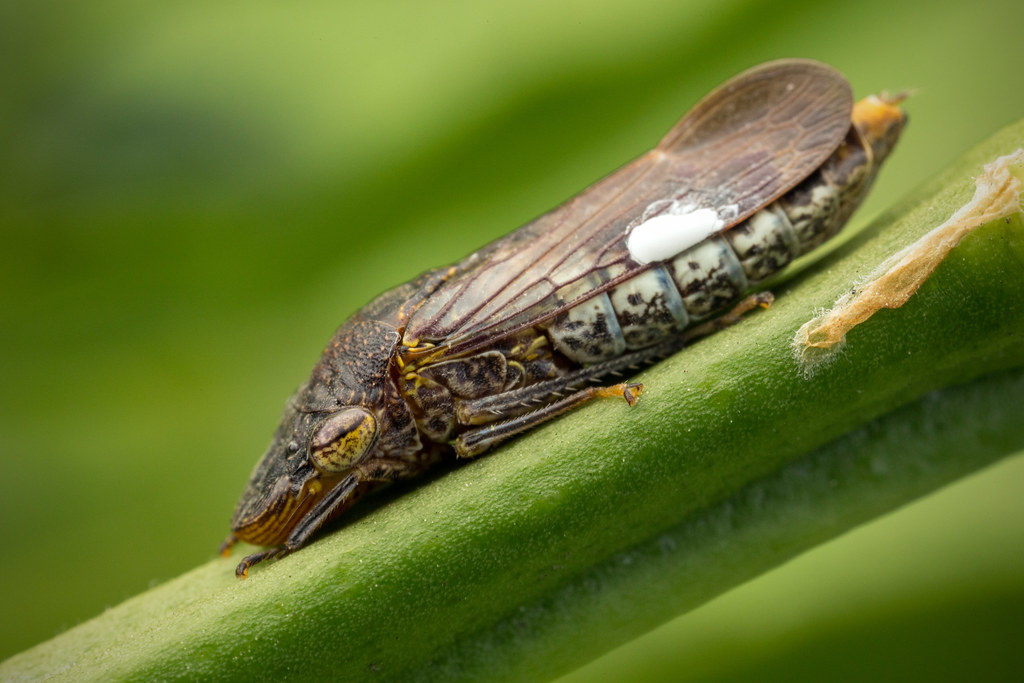
Regulatory agencies have implemented extensive quarantine measures to prevent the spread of the glassy-winged sharpshooter to new regions, creating a complex system of legal protections for uninfested areas. California maintains strict regulations requiring inspection and certification of nursery stock moving from infested counties to non-infested areas, with particular focus on plants known to be sharpshooter hosts. Inspection stations along major highways check commercial plant shipments entering the state, while dedicated agricultural inspection teams conduct regular nursery inspections in both origin and destination counties. These regulatory efforts extend beyond California, with states like Oregon and Washington implementing their own quarantine restrictions against plant materials from sharpshooter-infested areas to protect their growing wine industries. International quarantines have also been established, with countries including Australia and New Zealand identifying the glassy-winged sharpshooter as a high-priority quarantine pest and implementing stringent inspection requirements for imports from affected regions. While sometimes creating economic friction between regions, these regulatory frameworks represent crucial safeguards that have successfully prevented or delayed the pest’s establishment in many vulnerable wine-growing regions.
Success Stories: Battles Won Against the Sharpshooter

Despite the significant challenges posed by the glassy-winged sharpshooter, several notable success stories demonstrate that coordinated management approaches can effectively combat this pest. The California Department of Food and Agriculture’s Pierce’s Disease Control Program, established in 2000, has successfully prevented the northward spread of the sharpshooter into the premium wine regions of Napa and Sonoma counties through aggressive detection and rapid response protocols. In Southern California’s Temecula Valley, where Pierce’s disease nearly destroyed the local wine industry in the late 1990s, a comprehensive management program combining biological control, targeted treatments, and area-wide cooperation has allowed vineyards to recover and flourish. Perhaps most impressive was the successful eradication of an incipient infestation in Kern County, where early detection of sharpshooters in 2001 triggered an intensive response that eliminated the pest before it could establish permanently. On the islands of Tahiti and Moorea in French Polynesia, where the sharpshooter was accidentally introduced in the 1990s, a biological control program using parasitic wasps reduced sharpshooter populations by over 90% within just a few years, demonstrating the potential of natural enemies when properly deployed.
The Road Ahead: Future Challenges and Innovations

Looking to the future, the battle against the glassy-winged sharpshooter will require continued innovation and adaptation to emerging challenges. Scientists are exploring cutting-edge approaches including RNA interference technology that could target specific genes essential to the sharpshooter’s survival or its ability to transmit disease, potentially creating highly specific control methods with minimal environmental impact. Remote sensing technologies using drones equipped with specialized cameras may soon allow for more efficient monitoring of both sharpshooter populations and early detection of Pierce’s disease symptoms across large vineyard areas. Perhaps most revolutionary are emerging microbial approaches targeting the Xylella bacteria itself – researchers have identified beneficial bacteria that can be introduced into vines to compete with or inhibit the pathogen, while bacteriophages (viruses that specifically attack bacteria) are being investigated as potential biological control agents for the disease. As climate change alters the pest’s potential range and global trade creates new invasion pathways, international cooperation in research, monitoring, and management will become increasingly important, with early success in information sharing through networks like the European Union’s Xylella fastidiosa Active Containment Through a multidisciplinary-Oriented Research Strategy (XF-ACTORS) project pointing the way toward more coordinated global responses.
Conclusion

The story of the glassy-winged sharpshooter exemplifies both the fragility and resilience of agricultural systems in the face of invasive species. This small insect has forced dramatic adaptations across the American wine industry, from daily vineyard practices to long-term breeding programs. Yet it has also catalyzed remarkable innovations and unprecedented cooperation between scientists, farmers, and regulatory agencies. As climate change and global commerce continue to reshape the boundaries of ecosystems, the lessons learned from confronting this vineyard menace may prove invaluable in protecting not just wine grapes but agricultural systems worldwide. For wine enthusiasts, the invisible battle being waged in vineyards adds another layer of appreciation for each bottle – behind those complex flavors lies a story of scientific ingenuity and agricultural perseverance, ensuring that despite the challenges posed by the glassy-winged sharpshooter, the future of American wine remains bright.

